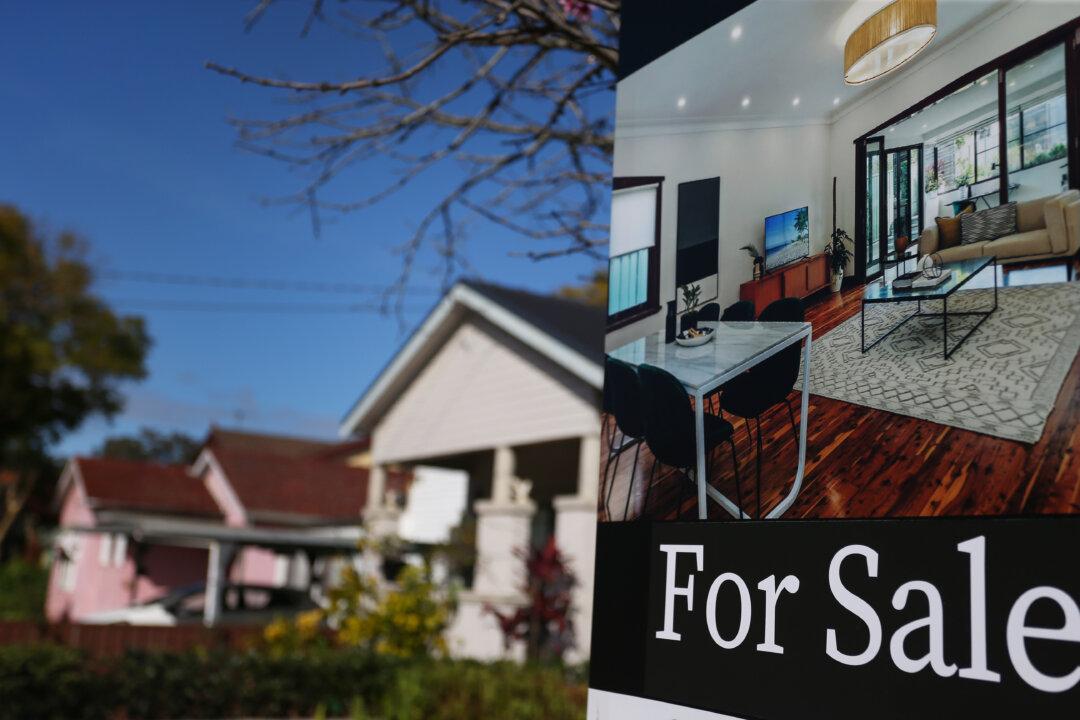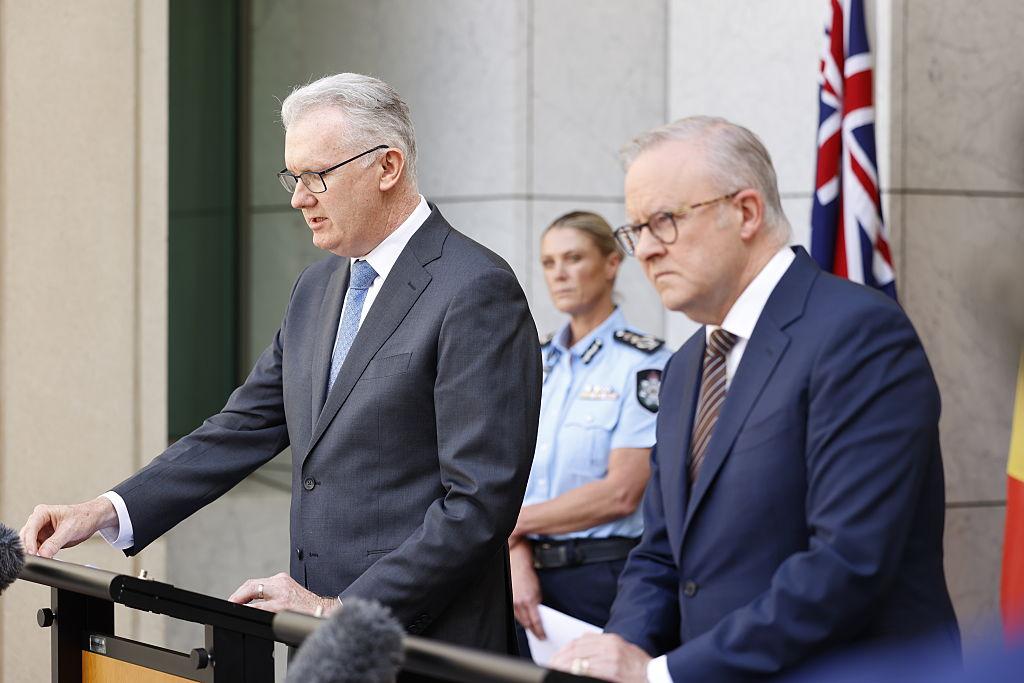Australia would grind to a halt without them, but essential workers can barely afford to put a roof over their heads.
Early childhood educators, nurses and aged care workers in full-time work can only afford as little as one in 100 rentals, according to a survey released on Monday.





